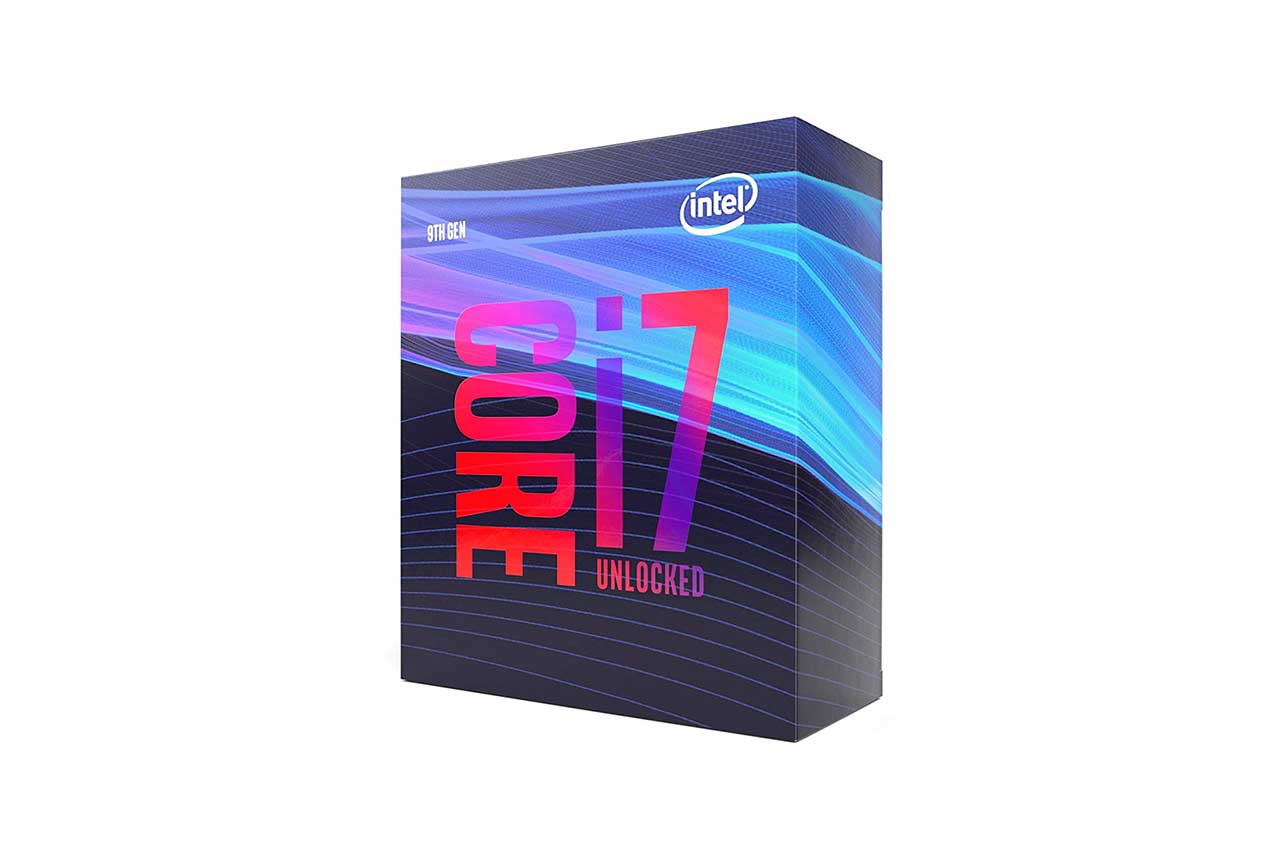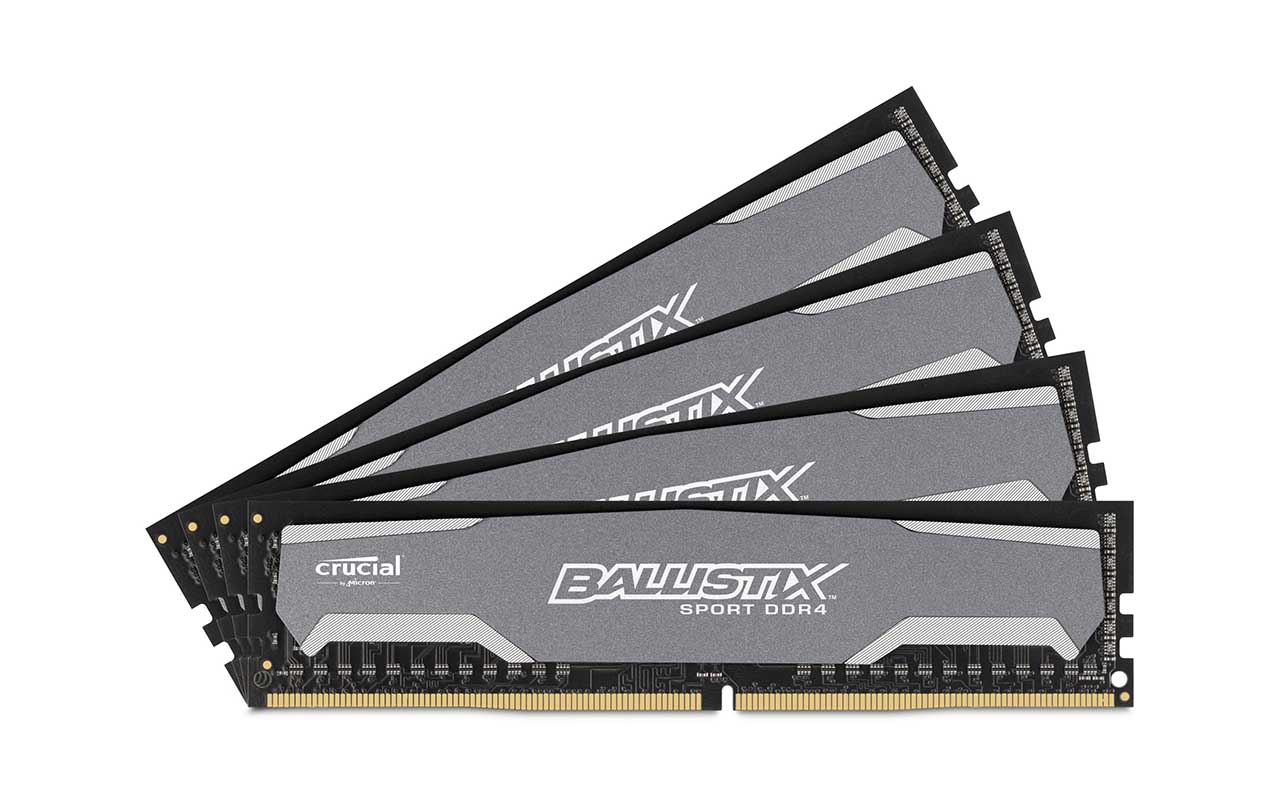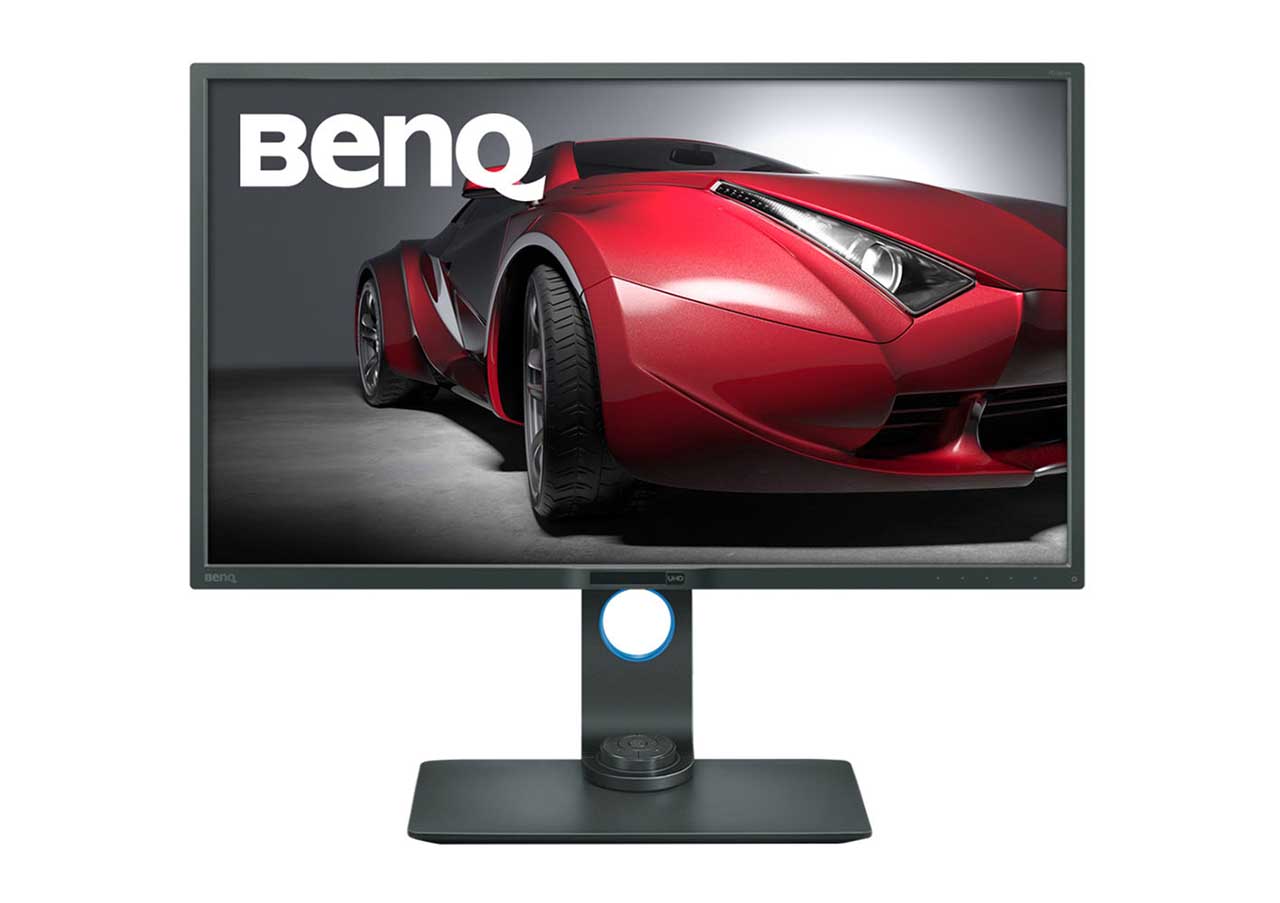What makes for the best PC for photo editing? Money no object, it’s easy enough. Just chuck a load of cash at a high-end system builder and bag the best rig money can buy.
Back in reality, there’s a point at which spending more money doesn’t get you very far. You’ll also have to decide whether you’re going to go pre-built or self-build. For most users, buying a ready-to-go PC and then perhaps adding a monitor is likely the best option. It makes for much easier support when something goes wrong and entirely sidesteps the issue of component compatibility.
However, whichever option you go for, there are a number of critical core components which will dictate the performance and usability of any photo editing PC. Old-school CPU performance – and single-core CPU performance at that – remains critical for many editing tasks.
That’s because even the latest versions of software like Adobe Creative Cloud, including Photoshop and Lightroom, lean heavily on single-threaded CPU performance and don’t always scale efficiently across multiple processor cores. Similarly, while acceleration on the GPU or graphics card is often supported, it isn’t universally so.
That said, it’s the whole package of CPU, memory, graphics card and storage that combine to determine overall system strength. A weak link in any of those areas will compromise performance. So, it’s no good blowing the budget on one component at the expense of the rest.
The final big piece of the puzzle is the monitor, where colour accuracy and pixel count reign supreme, rather than more gaming-centric features like refresh rates. With all that in mind, here’s our guide to the best components for an editing rig, whether you’re building your own or configuring online.
For each component, we’ve provided our ideal recommendation and then some cheaper options for tighter budgets.
CPU / processor

Intel Core i7-9700K
Price: £360
www.intel.com
Thanks to the arrival of AMD’s Ryzen CPUs, the PC processor market has really woken up of late. For photo editing, however, Intel’s chips arguably remain supreme. That’s because single-threaded or per-core performance remains important for many image editing and processing tasks in applications like Photoshop and Lightroom.
You still want plenty of cores, of course, so a reasonable compromise is Intel’s latest 9th Gen Core i7-9700K, an eight-core chip with very high clockspeeds up to 4.9GHz. If the 9700K’s £360 price tag is a bit rich, try the new Core i5-9400. It’s a six-core model that clocks to a healthy 4.1GHz and is yours for around £170.
RAM / system memory

Crucial Ballistix Sport 16GB 2,400MHz DDR4 kit
Fire up the likes of Photoshop and Lightroom and you’re looking at a couple of gigabytes of system memory use in an instant. Open a few large, complex and multi-layered files in Photoshop while browsing a big library of images in Lightroom and that number could easily top 10GB.
Meanwhile the Windows operating system will want a few GB. Long story short, you want at least 16GB of memory with 32GB preferable for serious power users. Megabucks memory with super high frequencies doesn’t improve performance dramatically, however. So, if self building, focus on compatibility via a quality brand like Crucial, which offers a handy compatibility tool on its website.
Graphics card / GPU

Nvidia GeForce GTX 1060
Price: £180
www.nvidia.com
Although much of the heavy lifting remains the job of the PC’s CPU or processor, several image editing packages including Adobe’s Creative Cloud suite support some level of GPU acceleration. The problem is that very high end video cards are seriously pricey. A good compromise is therefore an upper-middle tier GPU that delivers an attractive bang-for-buck ratio. Nvidia’s GeForce GTX 1060 with 6GB of video memory is a good choice for £180.
An AMD Radeon RX 580 with 8GB of video memory is another good option at the £180 price point. Or go for the latest Nvidia GTX 2060 to ensure maximum future proofing, including video interfaces. The latter could be important if you upgrade in future to an even higher resolution monitor, though at around £290 and up, it’s a much more expensive option.
Monitor

BenQ PD3200U
Price: £645
www.benq.com
The PC monitor market has become dominated by gaming-centric features like high refresh rates and adaptive syncing. But for photo editing, two things matter above all else: pixels and accuracy. Put simply, you want plenty of both. The good news is that 4K monitors with 3,840 by 2,160 pixels and quality IPS panels are now pretty affordable (we’d recommend avoiding VA and TN panels for image editing).
The BenQ PD3200U is a 32-inch 4K model with IPS technology and delivers 100 per cent coverage of the sRGB colour space. If the PD3200U’s £649 price tag is a little pricey, you can drop down to 27 inches with something like the LG 27UK600. Again, it’s 4K and IPS with 99 per cent coverage of the sRGB space and throws HDR10 support into the bargain for £399.
SSD and hard drive

Samsung 970 Evo Plus 500GB
Price: £108
www.samsung.com
Solid state memory prices have nosedived dramatically in the last 18 months. But they still aren’t quite cheap enough to affordably provide multiple terabytes of storage. So, a mix of solid state and conventional hard drives are still the way forward. For your SSD choice, you want something big enough to cope with your OS, current workflows, perhaps your Lightroom catalogue and any other software. 500GB will do the trick. We’re building from scratch, so we can go for a modern SSD in the M.2 format with support for the all-important NVMe storage protocol, thereby guaranteeing great performance.
The very cheapest such SSDs with QLC NAND memory are slow and best avoided. Instead, you want a drive with TLC NAND from one of the big brands. Samsung’s excellent 970 Evo Plus in 500GB format, for instance, can be had for around £108. As for hard drives, 3TB drives from quality brands like Seagate can be had for under £70.



